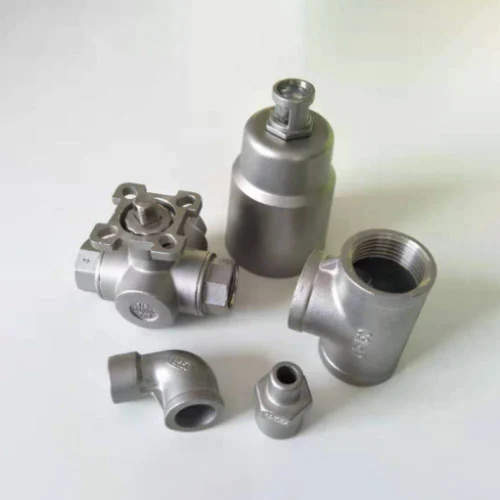Metal Ductile Tee Casting: How Does It Compare to Other Pipe Fittings?
2025-02-10
When choosing pipe fittings, engineers must consider several factors, including durability, strength, and cost. Metal ductile tee casting has gained prominence over traditional materials like steel and PVC due to its superior mechanical properties. But how does it truly compare to other options?
Ductile Iron vs. Steel and PVC: A Comparative Analysis
|
Feature |
Ductile Iron Tee Casting |
Steel Fittings |
PVC Fittings |
|
Strength & Durability |
High tensile strength, impact-resistant |
Strong but prone to corrosion |
Lower strength, brittle under pressure |
|
Corrosion Resistance |
Excellent, especially with protective coatings |
Requires anti-rust treatments |
Good, but degrades under UV exposure |
|
Cost-Effectiveness |
Long service life, minimal maintenance |
Expensive due to material and treatment costs |
Cheaper but less durable |
|
Flexibility |
Can handle high stress and pressure variations |
Stiff, susceptible to cracking under high stress |
Limited flexibility |
Why Industries Choose Metal Ductile Tee Casting
1. Longevity and Reliability – Provides a longer service life compared to PVC and untreated steel.
2. Performance in Extreme Conditions – Can withstand high temperatures, pressure fluctuations, and external stress.
3. Eco-Friendly Choice – Recyclable material with sustainable production techniques.
Final Verdict: The Best Choice for Heavy-Duty Applications
While each material has its advantages, metal ductile tee casting remains the most reliable and cost-effective option for industries requiring long-term performance. Whether for municipal water systems, industrial pipelines, or oil and gas networks, ductile iron tees provide the strength and durability necessary for efficient operations.



